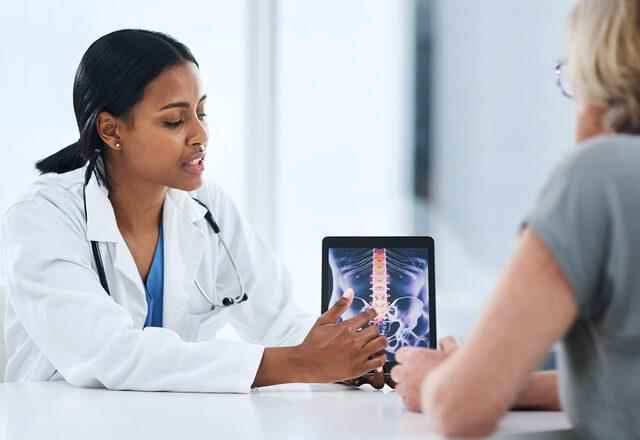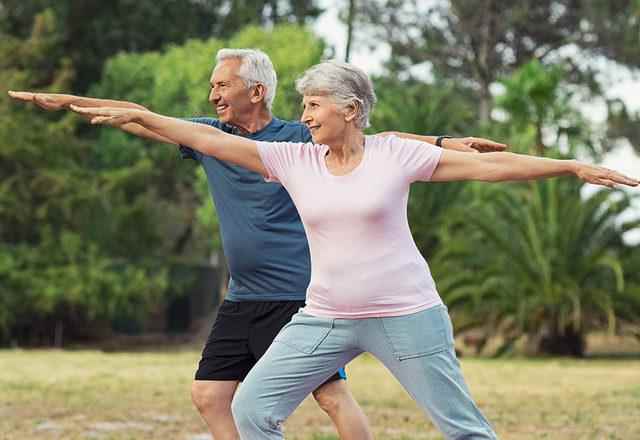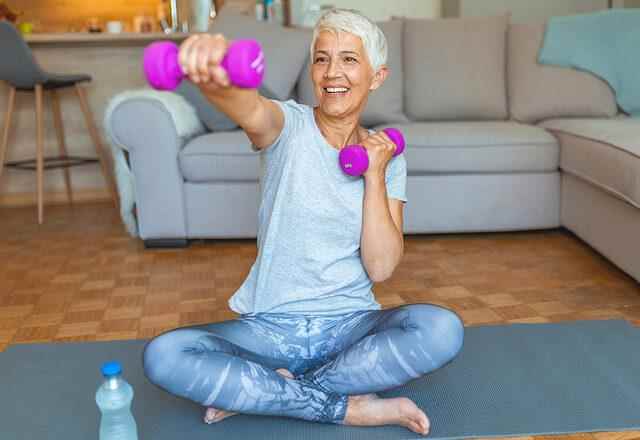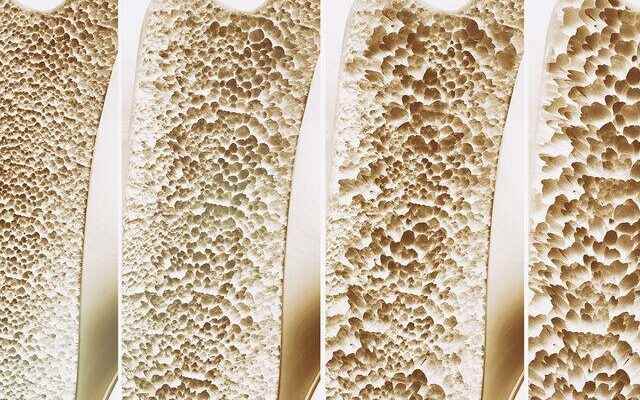Osteoporosis, popularly known as osteoporosis, occurs when bones become weaker and brittle over time. Since the skeletal system is a fragile structure, weakened bones can break in the future. As osteoporosis progresses, it can lead to serious problems. In order to prevent this, it is necessary to eat regularly and do the exercises that the doctor deems appropriate. Fractures usually occur in the wrist, hip, and spine bones. Anadolu Medical Center Physical Medicine and Rehabilitation Specialist, Chiropractor Prof. Dr. Semih Akı said, “Exercises are especially beneficial for stretching the back, improving the posture of the spine and strengthening the muscles. However, depending on the varying degrees of osteoporosis and fracture risk, not every exercise is suitable for every patient. It is important to consult a specialist for the most accurate and safest exercise program.
OCCUPATION RATE IS INCREASING DURING MENOPAUSE PERIOD
Chiropractor Prof. Dr. Semih Akı said, “It is a disease that women frequently encounter, especially with the menopause period. However, osteoporosis is also an important problem for men today. So much so that the risk of osteoporosis, which affects the entire skeleton, is equal in men and women over the age of 70.”
NUTRITION AND EXERCISE ARE IMPORTANT AS WELL AS DRUGS
Underlining that in the treatment of the disease that occurs with fractures in the spine, hips and wrists, lifestyle arrangements such as nutrition and exercise are important as well as medications, Physical Medicine and Rehabilitation Specialist, Chiropractor Prof. Dr. Semih Akı, “Fractures of the shoulder, hip, wrist and other bones (fragility), sudden and severe low back or back pain, shortening of stature and humpback, narrowing of the abdomen and chest cavity and related findings, deterioration of body image, psychological / social consequences and deterioration in quality of life are 8 signs of osteoporosis.
BONE MINERAL DENSITY MEASUREMENT IS PERFORMED FOR DIAGNOSIS
Stating that bone mineral density measurement is one of the most important methods used for diagnosis, Prof. Dr. Semih Akı said, “The bone densitometer used to measure bone density uses low-dose X-ray as a source. The duration of this method, in which the spine and hip bone are measured, is 2-7 minutes and has no side effects. In addition, the results of back and waist films, blood and urine analyzes are also used for definitive diagnosis.
THE PRIORITY OF THE TREATMENT IS TO PROTECT THE BONES AND REDUCE THE RISK OF FRACTURES
Emphasizing that the priority in the treatment of osteoporosis is to protect the bones and reduce the risk of fracture, Physical Medicine and Rehabilitation Specialist, Chiropractor Prof. Dr. Semih Akı said, “Healthy diet, regular physical activity and exercise, adequate calcium and vitamin D supplementation are part of the treatment in terms of prevention in order to minimize bone loss. However, drugs are also used to protect and increase bone mineral density. These drugs can be used orally in the form of pills, or they can be in the form of injections.

REGULAR EXERCISE INCREASES QUALITY OF LIFE
Underlining that physical activity and exercises have an important role in increasing and maintaining maximum bone density, Prof. Dr. Semih Aki, “Regular exercise; It strengthens the muscles, provides support tissue elasticity, improves balance and coordination, helps maintain posture, and increases quality of life. Therefore, exercises during osteoporosis have numerous positive effects on both mental and physical health.
“EVERY EXERCISE MAY NOT BE SUITABLE FOR EVERY PATIENT”
Stating that the exercises are especially beneficial for stretching the back, improving the posture of the spine and strengthening the muscles, Prof. Dr. Semih Aki, “However, depending on the varying degrees of osteoporosis and fracture risk, not every exercise may be suitable for every patient. During osteoporosis, exercises that increase muscle strength, stretching, balance, aerobic and high-impact exercises can be done. 3 days a week / 45-60 minutes can be allocated for exercises. The program can be started with stretching and balance exercises and then continued with weight bearing. It is important for each patient to consult their doctor for their specific exercise program.”
STRESSING EXERCISES

While standing, the arms are extended up and a deep breath is taken by rising on the tip of the toes. It waits like this for 30 seconds.
A sheet is used to stretch the muscles in the back of the legs. It is applied to both legs one by one, slowly stretched and released.
While standing, the arms are stretched forward in tension. The hands are clasped and waited for 15-20 seconds and then loosened.
BALANCE EXERCISES

Developing balance is achieved by walking on a straight line.
Open arms to the side and stand on one leg for 30-60 seconds.
AEOROBIC EXERCISES

brisk walks
Step
Dance
go up and down stairs
HIGH IMPACT EXERCISES

Jumping with arms extended upwards or spread arms and legs to the side. It is better to start these exercises before menopause. It is not particularly suitable for those with joint disorders and balance problems.
WEIGHTED EXERCISES

It is usually done in a sitting position with handheld light weights. Weights can be gradually increased over time.
